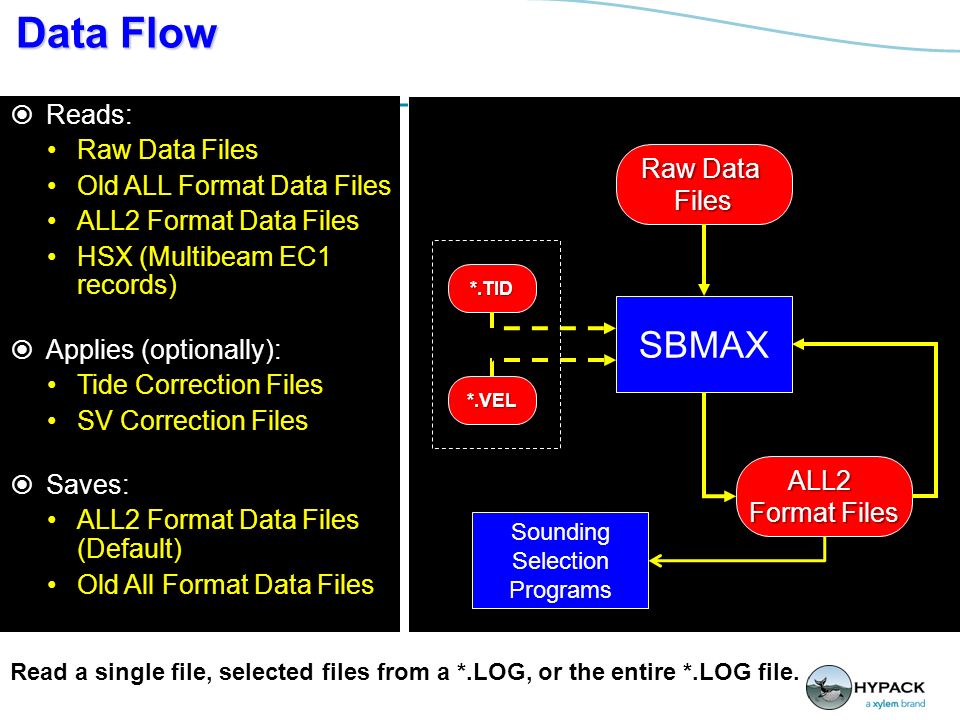


Data from other makes of multibeam systems may be recorded in a GSF file, however, the format will not provide a mechanism to encode the sonar settings and there will be limited capability to make backscatter corrections for these types of systems. For these makes of sonar, GSF provides an adequate storage mechanism for the data required for backscatter processing. Well supported systems include Kongsberg, Reson, R2Sonic and Norbit. Note that the GSF format does not offer representation for every make/model of multibeam system. GSF supports encoding of snippet time-series as well as beam average relative amplitude and calibrated amplitude. The sensor ID must be correctly configured, which allows the GSF I/O library to read/write the sensor specific sub-records that encode the sonar settings.
#Hypack raw data series
GSF – GSF files that contain beam averaged or beam time series data can normally be mosaicked in FMGT.Direct Support Certain file types provide everything that FMGT needs to process data. These two categories of supported files and pairings are discussed further below. There are file formats where one or the other is present, in these cases, FMGT will allow you to pair the bathymetry in one file with the backscatter data in another file. Files that provide all of this can be imported into the project directly. Some file types contain everything that FMGT needs to do its work: georeferenced bathymetry data (the soundings, with appropriate corrections applied), and the backscatter imagery data. FMGT is currently designed to process backscatter, beam average or sidescan data from several data formats.


 0 kommentar(er)
0 kommentar(er)
